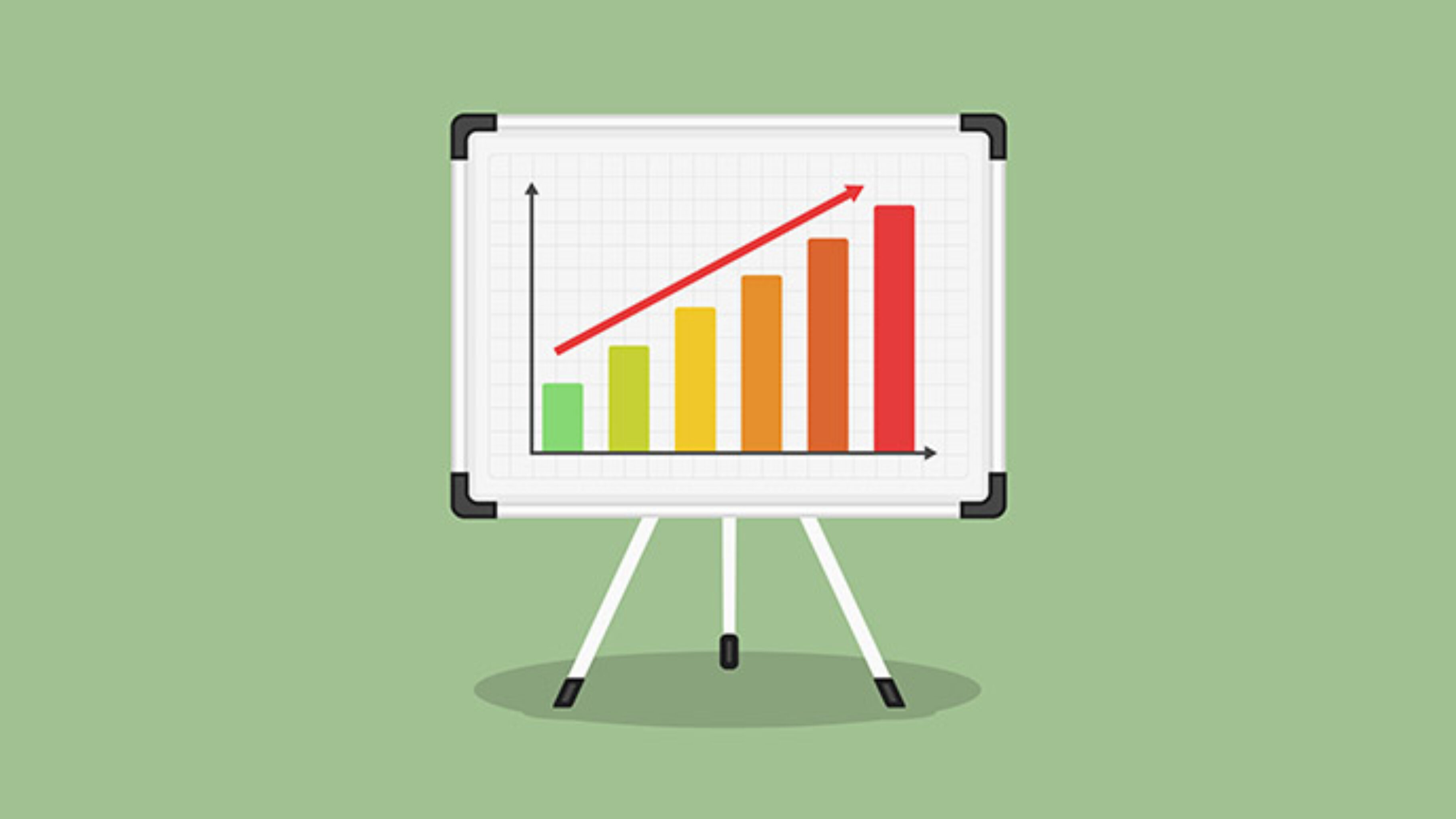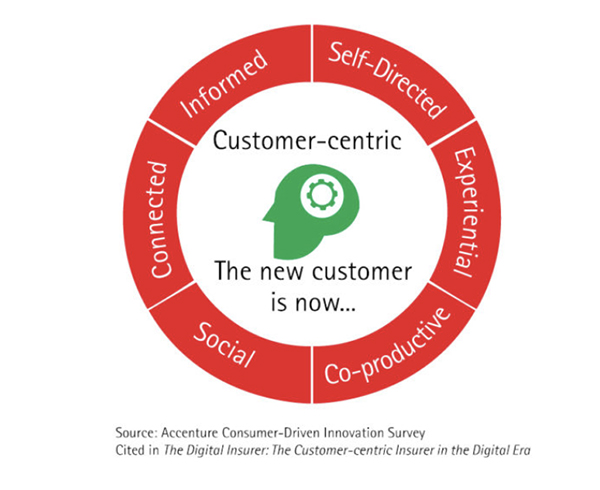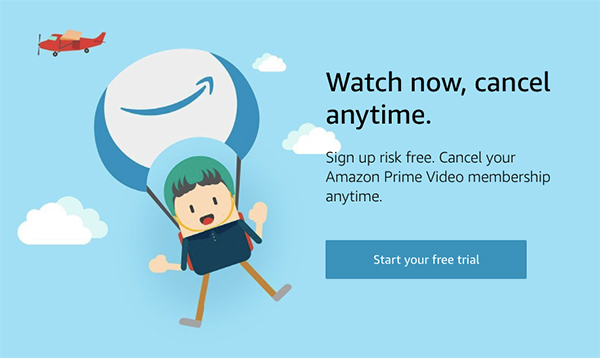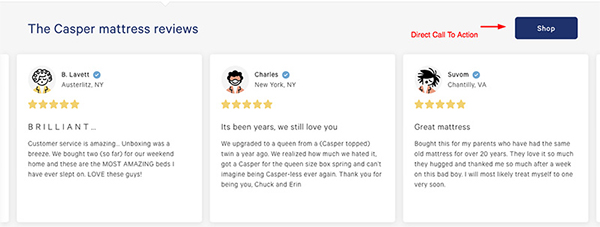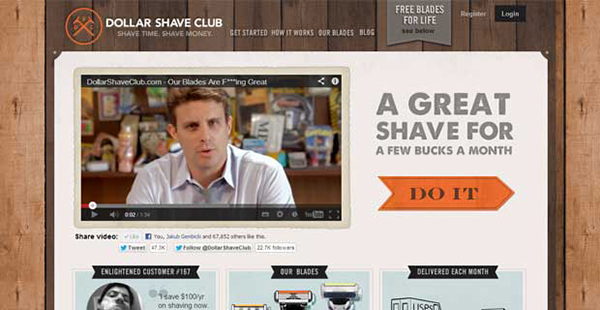Conversion rate optimization (CRO) is all about the psychology behind what users want when they land on your site and the motivation behind their choices. Customers are not only more informed than ever before, but also more connected and receptive to establishing personalised relationships with brands.
The product approach has changed. The brands are developing a customer-focused strategy. The new customers are more assertive because they are more social, connected, and informed. The mobile experience has to give them the power to make immediate decisions and to shift the whole buying process. This requires marketers to work on a one-to-one approach, creating a custom experience in all the different stages of the marketing funnel.
A good start to improving your conversion rate, and also a more cost-effective way, is focusing on converting the visitors you already have instead of trying to attract more and new visitors. Besides, if you are paying for traffic on your site, a high conversion rate means a better return on that investment (ROI).
Building and testing your Conversion Rate Optimisation Plan
A CRO plan includes data and user feedback to improve the buyer experience and the performance of your website. If you give the users what they are looking for when they arrive at your website, you should have a good conversion rate. But, what drives these conversions? What are the variables that influence any particular action on your website?
1. Make your copy action-oriented and declutter your homepage.
It’s that simple. You need to tell the users what to do in a clear way. A good copy will cause than 93% of visitors click on your links. Let’s say you want your site visitors to perform an action, like adding a product to the cart. By clicking “add to cart”, customers are solving a problem. If you want your site visitors to perform a single action, such as signing up to your mailing list, get rid of all excess copy and noise and declutter your homepage.
2. Add reviews
Reviews help conversion rates, that’s a fact. According to an article by fatbit.com, 72% of internet users say they trust online reviews just as much as they would trust a relative or friend’s opinion, and that 63% of consumers are more likely to make a purchase from a site which has user reviews.
3. Collect leads
Lead capture forms are a key component impacting your website’s conversion rate. They are the most critical point of your funnel as they’re the final interaction separating your leads from non-leads. Take it as an experiment to analyse users behaviour and then use it as a benchmark to build out the whole conversion rate optimisation plan.
4. Use videos to attract users and explain your product
Video background is one of the website design trends of 2019. Videos are a powerful way to communicate your brand story, explain your value proposition, and build relationships with your customers and prospects in all the marketing funnel. Following recent research, including a video on a landing page can increase conversion rates by 80%.
5. FOMO
The “fear of missing out” (FOMO) follows the same principle as the VIP list in real life. People want to feel exclusive and special. The users don’t want to feel that they are missing something or that they could have better options somewhere. Your brand needs to make them feel important by “let them know first” or by giving them “exclusive access” to a certain offer or promotion. It’s a very powerful and effective strategy.
